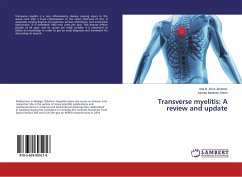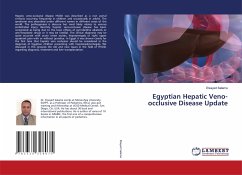Blastocystis is a stramenopile or chromist, pleomorphic, not mobile. Nineteen subtypes of this organism have been identified (ST1-ST19). It has a worldwide distribution. Prevalence rates in humans are lower than 1% in developed countries, and up to 100% in developing countries. The fecal-oral transmission, through ingestion of contaminated food and water, and zoonotic spreads are recognized. The diagnosis is carried out by direct fecal examination, culture, and molecular techniques. An interesting aspect of stramenopile biochemistry is the presence of mitochondrial-like organelles, with a set of biochemical pathways that include: an incomplete oxidative phosphorylation chain, a partial Krebs cycle, fatty acid metabolism, amino acid metabolism, protein assembly with iron-sulfur cluster. Blastocystis has virulence factors such as cysteine proteases, serine proteases, legumains, protease inhibitors, immunophilin, and glycosyltransferase mostly secreted to the pathogen-host interface. This stramenopile has been linked to gastrointestinal symptoms (blastocystosis or Zierdt-Garavelli s disease), irritable bowel syndrome, urticaria, and arthritis.
Bitte wählen Sie Ihr Anliegen aus.
Rechnungen
Retourenschein anfordern
Bestellstatus
Storno








